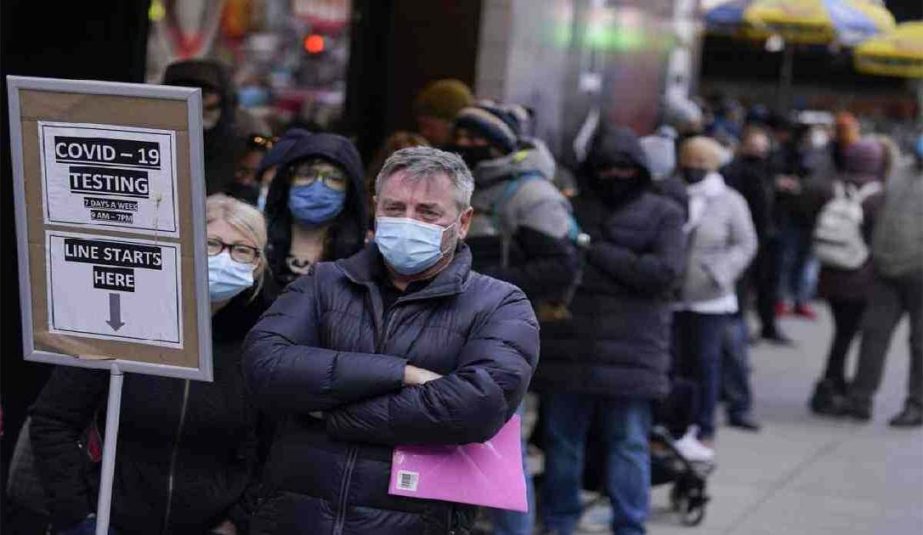
AP, OLYMPIA :
Days after the Washington House announced plans to have mostly remote votes at the Capitol, the Senate followed suit Tuesday evening, moving to limit the number of lawmakers allowed on the chamber floor and prohibiting public access to Senate facilities.
The Democratic-majority Senate Facilities and Operations Committee met via Zoom to discuss the COVID-19 protocols for the 60-day session that begins Monday. The final vote was 4-3, with all three Republicans on the committee voting against it.
“The goal, and I think we all share this goal however we voted here, is to make the operation of the Senate as safe as possible, as transparent as possible and to have as much participation as we can safely have from the public,” Senate Majority Leader Andy Billig said.
The move rolls back an initial plan that would have allowed all 49 senators to attend floor sessions, regardless of vaccination status, and to let the public back into the galleries above the floor. Now, operations will essentially return to how things looked last year.
Under the plan approved by the committee, floor action will be conducted in a hybrid format with some members participating in-person, and some members participating remotely. The maximum number of lawmakers allowed on the floor will be 15: eight Democrats and seven Republicans.
A maximum of three staff members per caucus will be permitted in the Senate wings during floor action. All members and staff who plan to be at the Capitol must have a confirmed negative test before entering Senate facilities, regardless of vaccination status, with testing costs to be covered by the Senate.
Additionally, all in-person meetings are suspended, and visitors and members of the public will not be allowed in the Senate facilities, including — initially at least — in the galleries overlooking the floor. Credentialed members of the media, who originally were going to be allowed on the floor in limited numbers, will now be allowed to occupy the galleries and will have to provide proof of a negative test.
After the meeting, Senate Republican Leader John Braun said that with the testing, masking and distancing protocols that are in place, lawmakers should be able to safely meet in person, and the public should have more access.
“If we believe it’s working for our kids in schools, why on earth wouldn’t it work in the Legislature,” he said.
The House operating plan, which was updated last Friday, will allow two lawmakers from each caucus and the presiding officer on the House floor, with the rest voting remotely. All members who plan to be on the floor must show proof of vaccination — and the new plan requires any lawmaker or staffer on the floor to also verify that they have received a booster.
All House lawmakers and staff who work onsite will need to be tested three days a week, with the House covering the cost.
The public gallery overlooking the House chamber will initially be closed to the public, and will be limited to credentialed press who have verified their vaccination status. As before, all committee hearings in both the House and Senate will be held remotely, with public participation.
As of Tuesday, the state had more than 888,000 confirmed or probable cases since the start of the pandemic and 9,909 deaths. Nearly 78% of the population age 5 and older has received at least one dose of vaccine, and nearly 71% is fully vaccinated.

